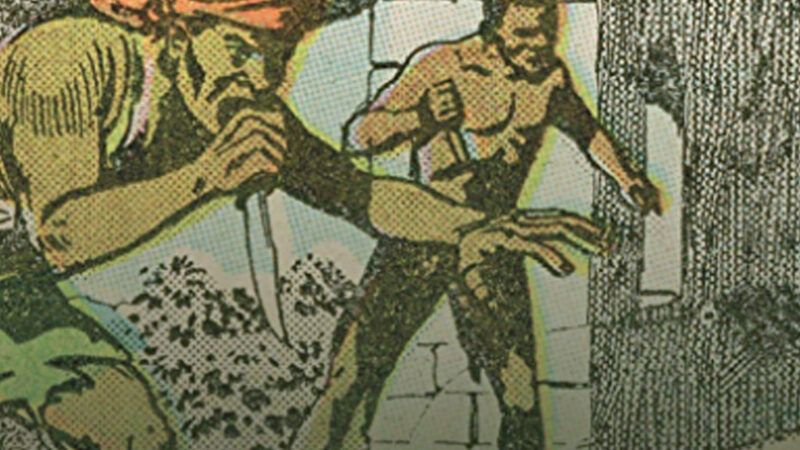Tacky's Revolt
Historian Vincent Brown's new book examines the 18th-century slave insurrection, arguing it was really four different wars at once.

In 1760, hundreds of Jamaican slaves began an insurrection against their British overlords. For 18 months they fought, hoping not only to reclaim their freedom but to seize the sugar plantations where they had been forced to labor. Scholars, drawing mainly on texts from the white plantation owners, called the rebellion "Tacky's Revolt" after one of its leaders.
In his exhaustively researched new book, Tacky's Revolt: The Story of an Atlantic Slave War, the Harvard historian Vincent Brown draws on letters, lieutenants' logs, cartography, and other sources to make a convincing case that this was more than just an isolated event. Its duration, he adds, had less to do with Tacky than with complicated geopolitics.
Brown argues that Tacky's Revolt was really four wars at once. Slaves fought their white owners for freedom and survival. They fought formerly enslaved Jamaicans—the runaways and their descendants known as Maroons—for control of territory. They fought fellow slaves in a continuation of conflicts that began in Africa, before they boarded those slave ships. And then there was the Seven Years' War between the British and the French. The Jamaican uprising wasn't exactly a front in that conflict, but it still played a vital symbolic role: If Britain couldn't control its slaves, it looked weaker.
Brown argues that slavery itself was a perpetual state of war and that these revolts featured more military precision than the haphazard insurrection the plantation owners described. Tacky and other leaders of the uprising had been experienced warriors on the Gold Coast. Their rebellion was a real war—one that in turn spawned other wars, including the successful fight for Haitian independence.



Show Comments (9)